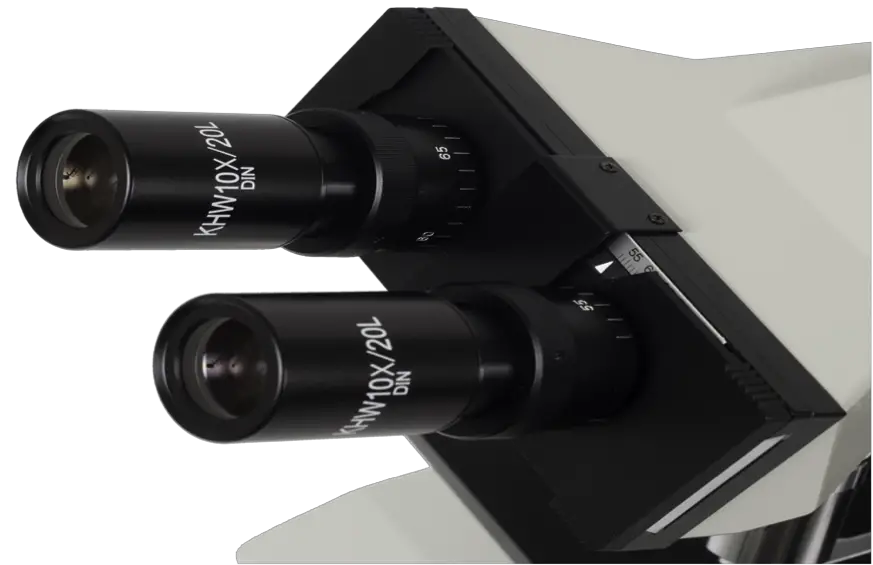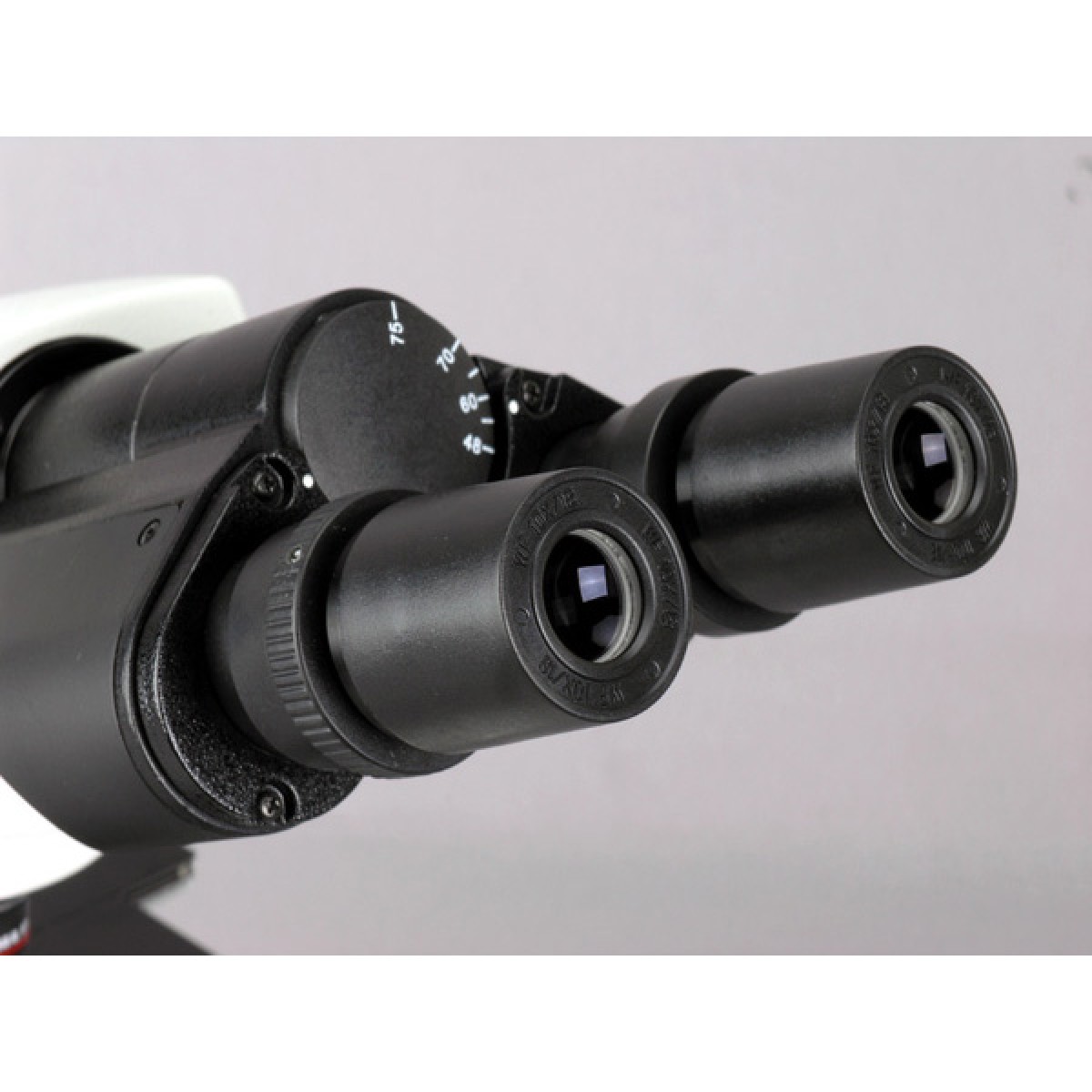Siedentopf Binocular Head
Introduction
The term Siedentopf binocular head is typically used to describe the microscope head of certain microscopes, which is different and comparably better than other microscope heads. This is named after Henry Siedentopf, who was a pioneer in the field of microscopy and microphotography and the co-inventor of the fluorescence microscope.
Brief Description
Essentially, the term Siedentopf is used to refer to the method through which interpupillary distance of a microscope can be changed without affecting focus. With Siedentopf binocular compound microscopes, this feature makes the microscope better in comparison to others that do not have it.
With these types of microscopes, the binocular head is
different from other types of sliding binocular heads in that it is possible to
adjust the eyepieces up and down in a circular movement. Normally adjusting involves sliding the eyepieces closer or
further apart.
With the Siedentopf head, the interpupillary distance is adjusted by simply rotating the eye tubes about a central axis. The axis also has a distance scale, allowing for users to know which point is suitable for them for future use. Through this system, it becomes possible to change the interpupillary distance without making any changes to the tube length, which in turn would affect focus.
Looking at the sliding binocular (also referred to as Jentsch) it becomes clear that the two are different. With the Jentsch, changing the interpupillary distance typically involves moving the eye tubes closer or apart in a linear manner. This results in a change in tube length, which consequently affects focus. As a result, the user has to adjust the focus setting of the eyepiece to ensure that it corresponds with the interpupillary distance to be used. In the event that observation using the Jentsch system involves several users, this can be tedious, given that it will require constant adjustment since everyone may require different settings to clearly observe the specimen. Here, it quickly becomes evident that the Siedentopf is a superior system.
* To adjust the interpupillary distance in a Siedentopf head, twist the eye tubes in an up or down motion as you would binoculars
Benefits of the
Siedentopf Binocular Head
The biggest advantage of the Siedentopf system over the sliding binocular head is convenience. As noted above, the Siedentopf system is designed in a manner that ensures that the interpupillary distance can be changed without any changes to the tube length. It is for this reason that the system is also referred to as "compensation free". That is no compensation is required for the tube length after adjusting the eyepiece distance.
As such, the system accommodates people with different interpupillary distances without any changes to the focus. This is particularly beneficial in schools and for younger users given that they can change the eyepiece distance as they so desire without changing focus. In this case, the right focus will have been set, but interpupillary distance can be changed for each student/kid ensuring that all students are equally observing the specimen using the Siedentopf Binocular head.
MicroscopeMaster has reviewed the following:
AmScope B120C-E1 Siedentopf microscope
OMAX 40X-2500X PLAN Infinity Phase Contrast Trinocular Siedentopf LED Microscope
AmScope T490A-PCT Compound Trinocular Microscope with phase contrast turret
Return from learning about the Siedentopf Binocular Head to MicroscopeMaster Home
Find out how to advertise on MicroscopeMaster!






